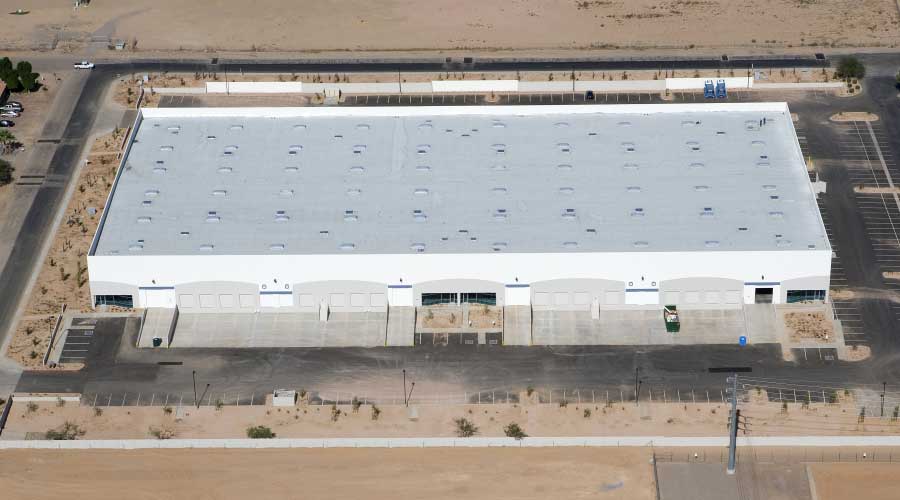Spotlighting Single-Ply Roofing Systems
The rise of single-ply roofing systems has given maintenance and engineering managers in institutional and commercial facilities an expanded range of options for replacing an existing roof. Even so, specification decisions remain challenging because managers must consider such issues as sustainability, climate, the new system's impact on the existing building, and, of course, cost.
But managers might be wise to embrace the process of roof specification because they are likely to face such situations numerous times during their careers. In each case, their decisions will have long-term effects on the organization and its bottom line.
"If you consider that your building is going to last 50 to 100 years, and an EPDM roof has a service life of about 14 years, you're going to replace your roof any number of times over the life of the building," says Craig Hargrove with Hoffman Architects, referring to ethylene propylene diene monomer systems. "If you have a plan to inspect and repair and stay ahead of things, you can increase the service life of your roof to the extent that you're fiscally responsible and able to plan for the inevitable replacement."
On The Upside
Single-ply roofing systems come in a number of different types, including EPDM, polyvinyl chloride (PVC), and thermoplastic polyolefin (TPO), and they offer a range of potential benefits.
"They're economical, relatively simple to install when you compare them to (modified bitumen) and built-up roofs," Hargrove says. "Their greatest strength is flexibility. They can withstand a large amount of stretching and elongation before failure."
They also offer installation benefits.
"They're generally easier to install than multi-ply roofing systems," says Amrish Patel with Simpson, Gumpertz and Heger. "Typically, the installation consists of a single-ply membrane and adhesive or fasteners, not multiple membranes and layers or hot adhesives, such as hot asphalt.
"Another advantage is lower cost. The installation cost is generally cheaper, due to reduced labor costs for installing a single layer of membrane, shorter construction schedule, shorter third-party inspection schedules, and related installation costs."
Related Topics:














